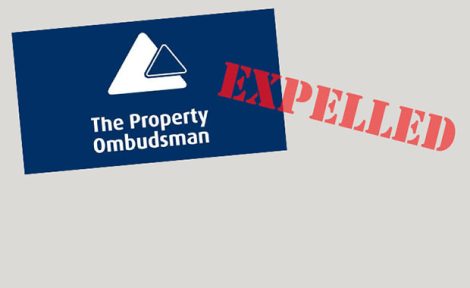Hidden roads a search didn’t find
Should the fact that a road was part of a front garden been more clearly highlighted in a sellers’ search? The Property Ombudsman, Rebecca Marsh decides.

The Search Provider stated that due to the small-scale maps available from the Local Authority it was difficult to determine the exact extent of the highway, particularly as they did not receive a Land Registry plan from the sellers’ solicitor at the point the search was commissioned.
They referred to the disclaimers supplied alongside the search stating that the map was indicative only and that further enquiries may need to be made by the council.
Investigation
Obligations when compiling a search report are set out in Paragraph 2 of the Search Code. It states that Search Providers are required to:
- Act with integrity, and carry out a search with due skill, care and diligence which includes accurately reporting the most up-to-date available information
- Provide complete search results based on a search of all legitimate, commercially and readily available sources
- Make clear in advance which sources of information were commercially and readily available which additional sources of information could be obtained, identifying and additional cost or time delay involved.
The Search Provider did demonstrate that they adhered to the above requirements by consulting legitimate and commercially readily available resources and by highlighting the additional sources of information which could be obtained when compiling the RLAS.
However, the Ombudsman did not consider that they accurately reported the most up-to-date information and risks associated with a purchase. The report said the property was not affected by a public right of way and the map provided did not show that the public highway encroached onto the boundary.
It was difficult to decide the exact extent of the highway…
The search that the buyers commissioned directly from the Local Authority revealed that a section of the front garden was part of the highway. The sellers then paused the sale and rented the property to the buyers until they were able to rectify the problem.
The council confirmed that the sub-soil was part of the property, but a right of way existed, unless it could be disproved by way of historical evidence or removed through a stopping up order.
The map produced by the Search Provider did not show the accurate marking of the road. In a separate map provided by the solicitors acting for the sellers, although admittedly poor quality, it was easy to notice that an area of shading that designates the highway does appear to cover part of the demised premises.
It was recognised how it may have been missed due to the poor quality of the map. But there was sufficient detail to have prompted further investigation. In the absence of this, the Search Provider should have been more explicit in stating the limits of the report when it came to setting out the highway boundary.
The Ombudsman was satisfied that the report included the following warning: ‘This reply is based on and limited to the information available to us at the time the search is answered. The map itself also included a disclaimer: ‘The extent of the publicly maintainable highway shown on the plan is intended to be indicative only’. However, it did clearly state that the property was not affected by a public right of way.
The sellers detailed a number of losses including the stopping up order, additional legal fees due to the delays and mortgage payments (totalling around £9,500). Whilst it was not considered that the Search Provider was entirely liable for these, the Ombudsman believed they were linked to the issue. Nonetheless, it was unclear whether the sellers had experienced a loss due to the fact they let the property to the buyers for a period of 9 months at £1,200 pcm, producing a rental income of over £10,000.
Outcome
The Ombudsman concluded that the error within the search caused the sellers to lose the opportunity to attempt some renegotiation which caused avoidable aggravation, distress and inconvenience.
An award of £1,000 was therefore made to compensate.





